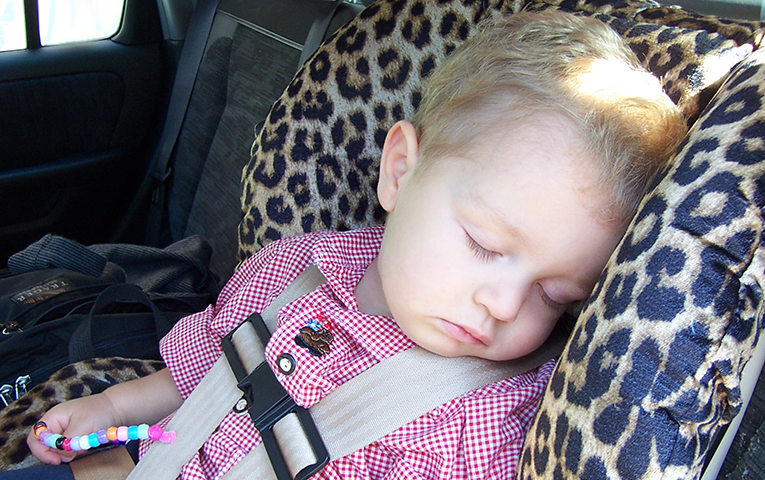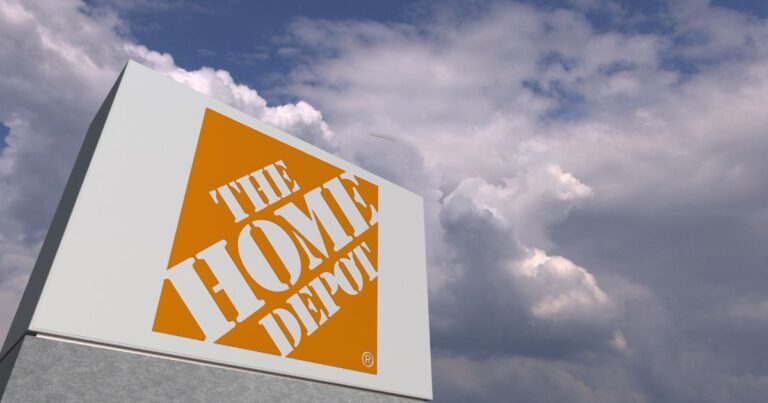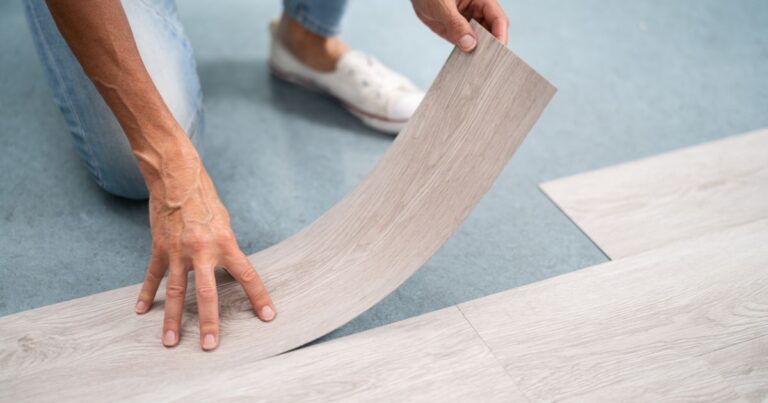When my children were babies, their health and safety were high priorities for me as their mother. They still are. I made sure I breastfed my children as long as possible and made sure I bought them car seats with the highest safety ratings. As a mom, I take pride in making sure that I am doing everything I can for their well being. I expect that children’s products available on the market are safe and contain nothing to expose their young, growing bodies to hazardous chemicals. Unfortunately, this isn’t always the case.
A report released from Washington Toxics Coalition and Safer States shows that children and families are exposed to chemical flame retardants in children’s products. These toxic flame retardants were found in 85% of the products tested, ranging from nursing pillows, changing pads to car seats. The most prevalent flame retardant found was chlorinated Tris (TDCPP), a chemical that was voluntarily removed from children’s pajamas in the 1970s when it was found to cause adverse health effects. In fact, California recently classified chlorinated Tris as a carcinogen, and evidence links the chemical to neurotoxicity as well as hormone disruption. It’s a chemical that should not be anywhere near our children.
So, that nursing pillow from My Brest Friend that I received as a gift and used with both my kids when they were tiny? Two different kinds of toxic flame retardants. The co-sleeper my babies slept in by Arm’s Reach? Five different kinds of toxic flame retardants. The Babies ‘R Us Changing Pad that we used for at least three years? Three different kinds of toxic flame retardants. And the Graco SnugRide Infant Car Seat and Britax Roundabout car seats that got years and years of use? All contain chlorinated Tris.
To say this makes me irate is an understatement. Without research like this, how would consumers even know what kind of toxic exposures our children are being subjected to? And, furthermore, this illustrates the fact that there are probably far more undiscovered toxins lurking in the many household products that are surrounding us.
Until better laws are passed which protect public, here are four basic tips for consumers to stay safer:
- Look for companies that avoid chemical flame retardants and use naturally fire-resistant materials instead.
- Avoid all products containing polyurethane foam with a label reading TB117, which means it has likely been treated with toxic flame retardants.
- To get rid of dust particles that are harboring flame retardants, use a wet mop and a vacuum with a true HEPA filter to clean your home.
- And, finally, tell your legislators to support policies that will help eliminate toxic chemicals from consumer products, especially products intended for kids.
Other articles on this subject:
- Flame Retardant chemicals linked to preterm births
- Flame Retardants & Car Seats: When parents do everything right and it’s still wrong.
- Factsheet: Toxic flame retardants in foam products




